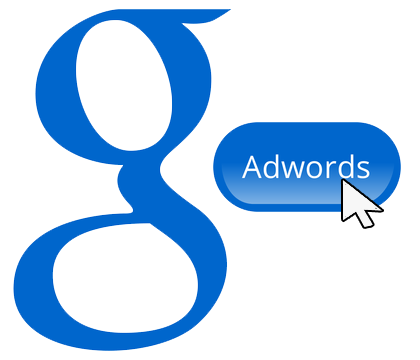
You may already be engaging in PPC campaigns to drive customers to your business. However, if you aren’t setting up your campaign and budgeting appropriately, you could be throwing money needlessly down the Google pipeline (and let’s face it, Google has enough money already!).
According to a study done by WordStream last year, the average small business spends $1,200 per month on PPC – over 25% of which is being wasted!
For the typical small (or midsized) business, that’s just too much! As a small business ourselves, we know that budgets are tight and every dollar counts.
How Can You Optimize Your PPC Campaigns to Maximize Your Budget?
The most important thing you must do, right off the bat, is properly construct your PPC campaign to ensure it’s not a money-drain. We can’t stress this enough: you must carefully target your AdWords in order to achieve the results you want, for the money you’re paying.
As we’ve mentioned before (click here to read about the top 5 reasons your AdWords campaign isn’t working), you can easily blow your budget by:
- Not paying enough attention to which keywords you’re targeting
- Using broad keywords with no qualifiers
- Not using negative keywords (i.e. excluding words you know don’t relate to your product or service)
- Not limiting your geographic areas
If you’re not careful, you’ll run out of budget without generating quality leads.
Furthermore, you must make sure that your ad, your chosen keywords that trigger those ads, and your landing page are coordinated with each other. For example, don’t link your PPC ad to your homepage, especially if your homepage doesn’t focus on the product or service advertised!
This synchronization (or lack thereof) affects the “quality score” of your campaign. PPC campaigns with high quality scores are rewarded with higher ad positions and lower cost per click, while campaigns with low quality scores are penalized. Make sure all your content matches up to the keywords you’re using and the type of lead you’re trying to generate!
Remember, the more specific and relevant your keywords, ads, and landing pages are, the higher ROI you’ll see on your PPC campaign.
How to Determine the Right Budget for Your PPC Campaign?
Your budget will be different depending on your industry and how much competition already exists for the keywords you want to target.
Here are some things you need to think about when you set your PPC budget:
- How much can you afford to spend?
- How many clicks can you expect to generate, based on volume of search for your keywords? (You must keep in mind that many people do not click on paid ads, and of those who do, many will not click on your ad. A typical range is between 1-5%, though this varies depending on industry and geography.)
- How many of those clicks will convert to a lead (by calling you or filling out a form) after they land on your site?
- How much is each conversion worth?
Google AdWords provides you with a Keyword Planner tool, which has a feature that allows you to input your bid and budget for certain keywords. With this information, it will give you an estimate of how many impressions (i.e. when your ad appears) and clicks you can expect to get.
When you set your campaign, work backwards from the point of conversion. Start with deciding how many leads per day you need to meet your goals. Then, based on how often people submit the forms on your website (or on how often people have filled out forms on a previous PPC campaign), you can estimate your “conversion rate”. You must also try your best to track calls that are a result of a web search.
Conversion rate is the number of people who click on your PPC ad that go on to actually contact you. Unfortunately, these rates are typically fairly low. The range is typically between 0.5-5%, with variances depending on industry and geography.
Now you’ll know how many clicks you need on your ad, based on your estimated conversion rate, to generate the number of leads you want. As we mentioned, the AdWords Keyword Planner tool can help you estimate how many clicks and how many impressions your ad may get.
You will have to refine these numbers as you run your campaign, as you may find you’re receiving a greater or lesser number of clicks or conversions than you’d expected. You can always try to increase these percentages by writing better ad copy and improving your landing pages.
The Bottom Line
PPC campaigns are a useful tool for promoting visibility to your website and generating leads online, even if your website isn’t ranking well on search engines. Small and midsized businesses can reap huge benefits from a properly executed PPC campaign – the key here being “properly executed”.
Make sure you’re not wasting your PPC budget; be strategic and specific in your campaigns.
And don’t forget: you must always test and refine your PPC campaigns. This is not an activity where you can “set it and forget it”. Even tiny changes to your ad copy, your keywords, or your landing page can have a monumental impact.
>> Need some help implementing an optimized, strategic PPC campaign? We can help! Our team of experts will dig into the specific sales process of your business and help you generate qualified leads online.
Find out more about online marketing at our free seminar, or contact us today to discuss your business.
Like this? You might also like:
- Online Advertising – Part of the Online Marketing Mix
- 6 Reasons Why You Should Consider Google AdWords
- What You Don’t Know about Google Ad Extensions Is Hurting Your AdWords Campaign | Part 1
- Does Your Website Suck? - April 3, 2024
- Why You Need an Online Marketing Plan - March 21, 2024
- 7 “Must-Do’s” For Online Marketing Success - March 7, 2024
